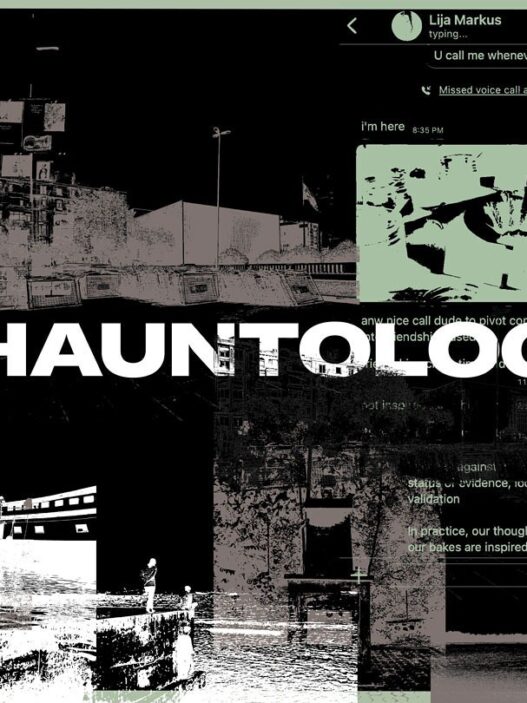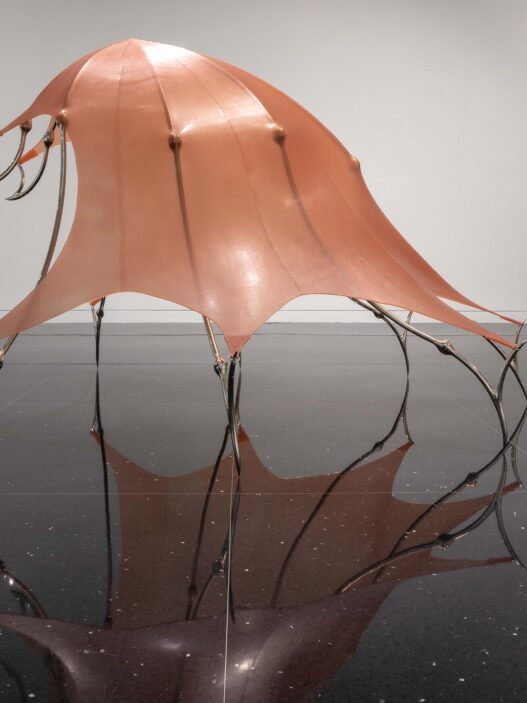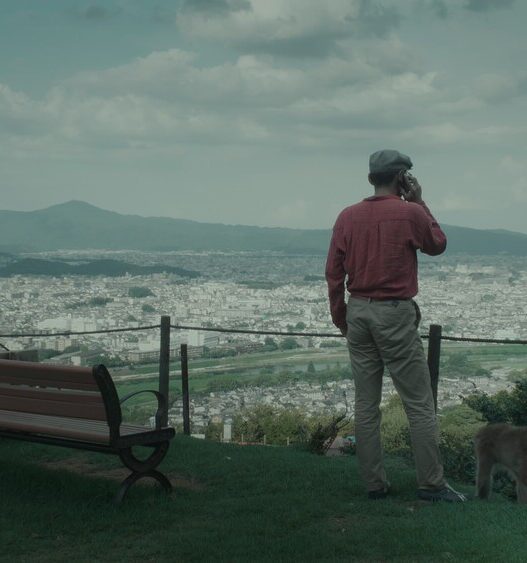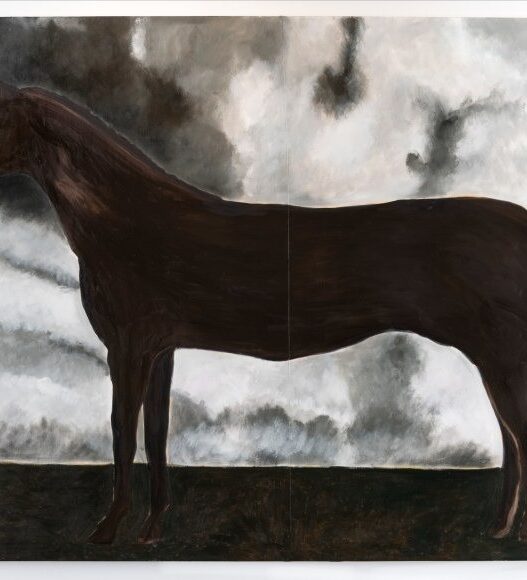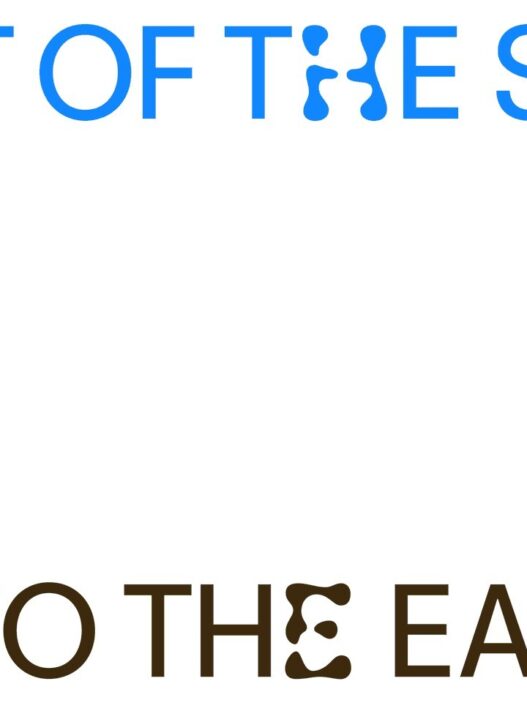July 19 – September 15, 2022
A group exhibition of well-known Italian photographers who artistically capture the essence of Catholic life in Italy in the middle of the 20th century, when the sanctity of religion was intricately entwined with day-to-day living, is being presented by Keith de Lellis Gallery with great pleasure. The Vatican City, the most revered Catholic holy city and the seat of the Roman Catholic Church since the fourth century, is located in Italy. The Roman Catholic Church is still the greatest Christian body in the world. As the leader of the Roman Catholic Church and the head of state of Vatican City since the eighth century, the pope is considered by Catholics to be St. Peter’s immediate successor. Many of the greatest Renaissance artists, including Leonardo da Vinci, Raphael, Caravaggio, and Michelangelo, are represented in the elaborate collection of religious masterpieces that can be found in Vatican City. This collection includes the Sistine Chapel fresco that was completed in the Vatican Palace, the pope’s official residence.
In the years following WWII, Italians adopted photography as a medium and a philosophy based on development, rebirth, and renewal on a scale unheard of in Italy’s modern history. It was an integral part of a national Renaissance in art, fashion, design, and film that embraced the contemporary sensibility spawned by Fascism’s repression. In Italian cinema, neorealism permeated both photography and the opposing visual language of abstraction, which both flourished at the same time. Family, the abundant land, street life, and religion—with a focus on Catholicism—were the main topics of the Italian Neorealist movement. The photographs taken by Italian great photographer Mario Giacomelli of black-cloaked priests playing gleefully in the snow are among the most cherished images of the 20th century. Italy places a high value on religious devotion, so images of monks, priests, and nuns appeared frequently in the works of the countless Italian artists involved in the country’s photographic circles, which grew in popularity from the 1950s through the 1970s and went by names like La Gondola and La Bussola.
The religious history of Italy is deeply ingrained in its rich culture, and from an early age, life is defined by numerous rites of passage, such as the sacraments of baptism, first communion, and confirmation. Acts of Faith highlights the process of making these crucial decisions throughout one’s life, such as in Carlo Bevilacqua’s photograph of altar boys commemorating the crucifixion and death of Jesus at Calvary Hill on the occasion of the Christian holiday known as Good Friday and Gianni Berengo-more Gardin’s amusing photograph of a young altar boy amusing himself by playfully biting on a bouquet of flowers during the Corpus Domini procession at the Piazza San Marco. A photograph from Mario Giacomelli’s series “verrà la morte e avrà I tuoi occhi” (death will come and have your eyes) of a nursing facility in his hometown of Senigallia closely memorializes the lifelong rite of holy matrimony. In this image, an elderly married couple is seen cuddling while their hands rest on a pair of rosary beads, which are used in the Catholic tradition to keep track of followers’ prayers.
As seen in Nino Migliori’s divine portrait of a priest kneeling in prayer before the crucifix as a sea of white light surrounds him, or Alberto Galducci’s picture of a small group of nuns ascending the hills in quiet contemplation while the heavens seem to watch over them from above, many of the photographs displayed in Acts of Faith capture the sacred figures of the Roman Catholic Church in moments of sincere piety. While popular culture has frequently portrayed these holy figures as singularly austere, these traditional photographs of consecrated life are displayed alongside more playful images of nuns on sandy beaches and priests having fun in the snow. These images humanize the men and women of God by showing them in moments of childlike joy.
A photograph by Giacomelli from his series Lourdes is on exhibit. It depicts a seemingly endless throng of people praying in Lourdes, a Catholic pilgrimage site in Southern France, in hopes of finding a miracle cure for their ailments and disabilities. When the late German philosopher Karl Marx called religion “the opium of the masses” but also “the heart in a cruel world,” the photograph echoes his theological views. A unique retrospective, Acts of Faith offers a perceptive look at religious life in Italy in the middle of the 20th century.
Collectively this exhibition features the work of Franco Antonaci, Gianni Berengo-Gardin, Carlo Bevilacqua, Ulisse Bezzi, Augusto Cantamessa, Gabriele Eusebi, Mario Finocchiaro, Alberto Galducci, Mario Giacomelli, Antonio Masotti, Pepi Merisio, Nino Migliori, Vittorio Ronconi, Tullio Stravisi and Piero Vistali. Acts of Faith will be on view at Keith de Lellis Gallery from July 19 to September 15, 2022.
Keith de Lellis Gallery
41 E 57th Street, Suite 703
New York, NY 10022
www.keithdelellisgallery.com














